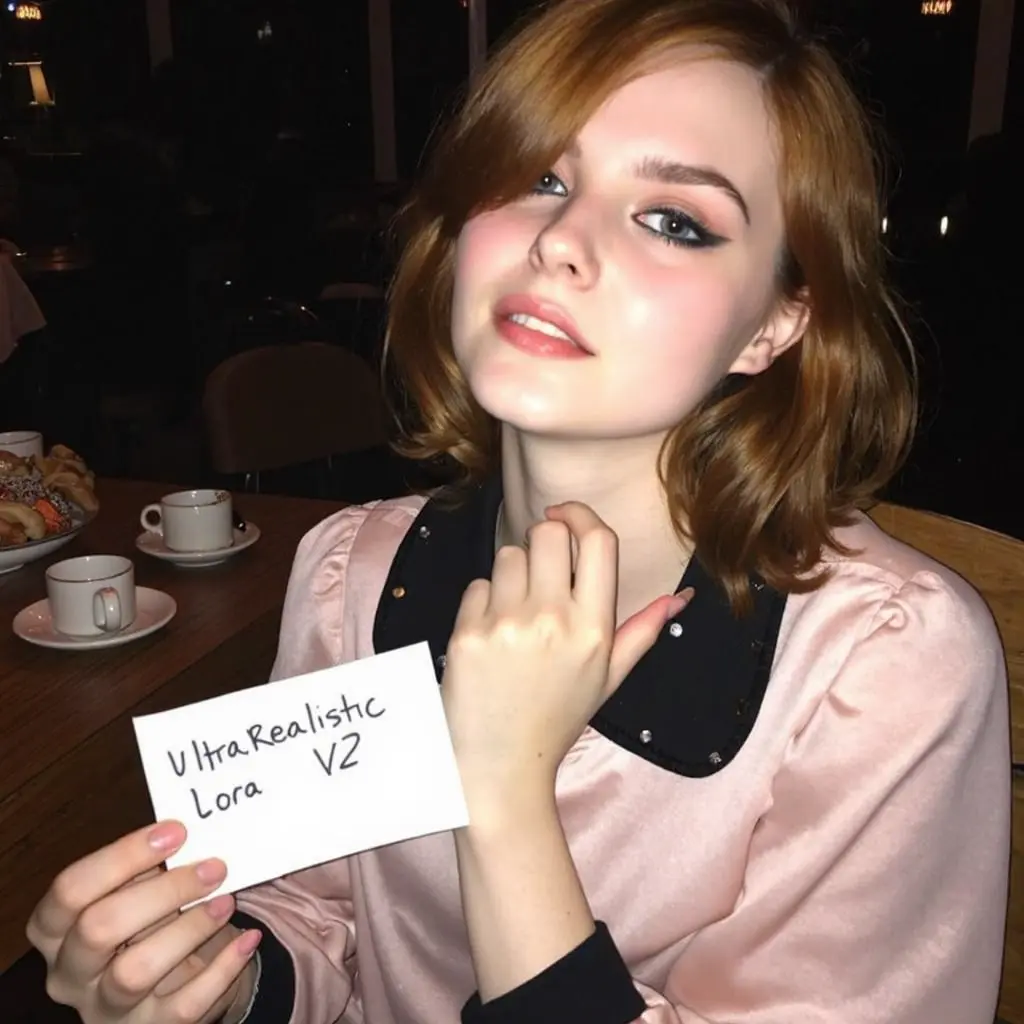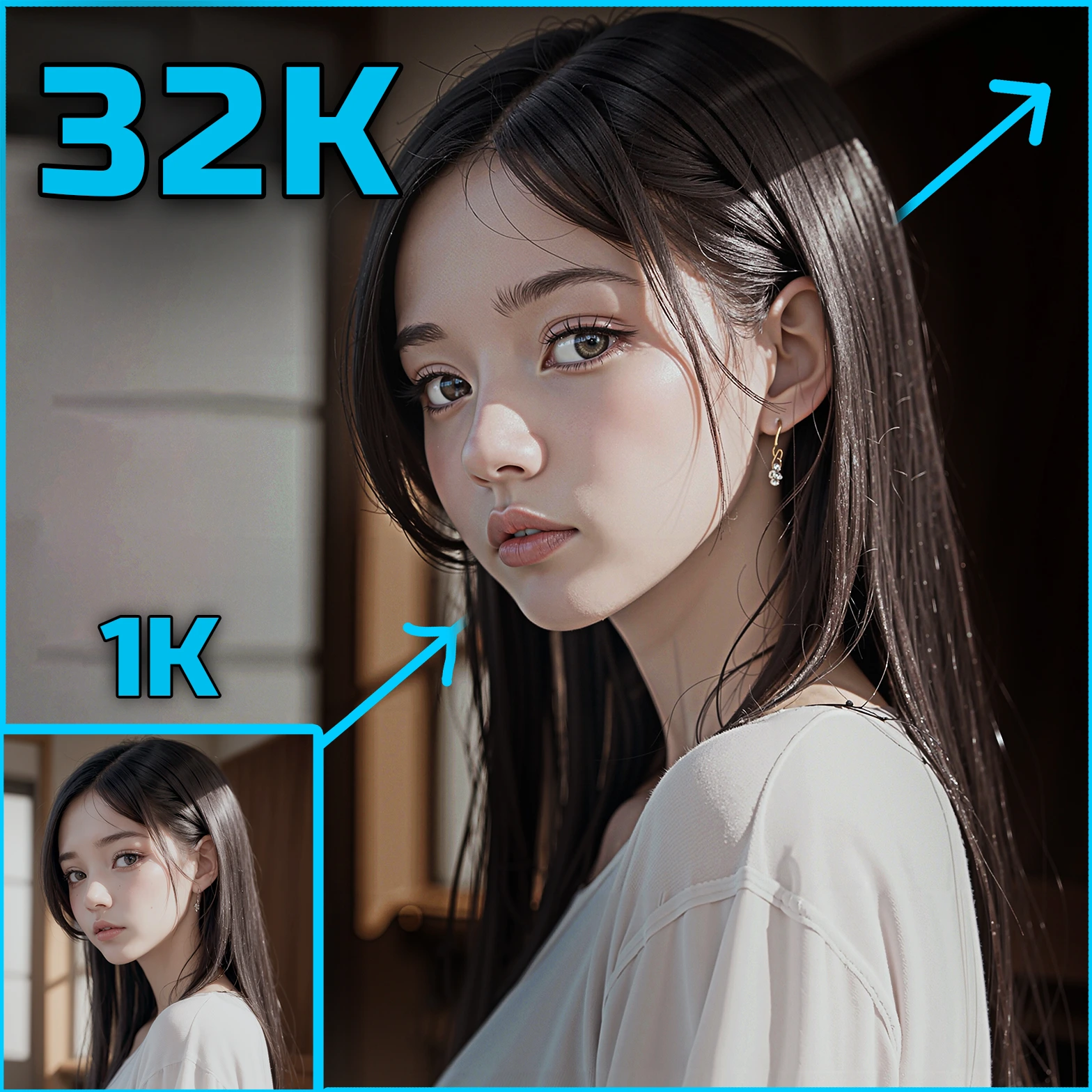ComfyUI Node: RAUNet
RAUNet
Categoryinpaint
How to Install BrushNet
Install this extension via the ComfyUI Manager by searching for BrushNet- 1. Click the Manager button in the main menu
- 2. Select Custom Nodes Manager button
- 3. Enter BrushNet in the search bar
Visit ComfyUI Online for ready-to-use ComfyUI environment
- Free trial available
- 16GB VRAM to 80GB VRAM GPU machines
- 400+ preloaded models/nodes
- Freedom to upload custom models/nodes
- 200+ ready-to-run workflows
- 100% private workspace with up to 200GB storage
- Dedicated Support
RAUNet Description
Specialized node for enhancing inpainting quality by dynamically adjusting model parameters for seamless image completion.
RAUNet:
RAUNet is a specialized node designed for inpainting tasks within the ComfyUI framework. It enhances the capabilities of existing models by applying specific patches that modify the model's behavior during the inpainting process. The primary goal of RAUNet is to improve the quality and precision of inpainting by dynamically adjusting the model's parameters based on the current step of the process. This node is particularly useful for artists and designers who need to fill in missing or corrupted parts of an image seamlessly, ensuring that the inpainted areas blend naturally with the surrounding content.
RAUNet Input Parameters:
model
This parameter represents the model that will be patched and used for inpainting. It is a required input and should be a pre-trained model compatible with the RAUNet node.
du_start
This integer parameter specifies the starting step for the dilation and upsampling process. It determines when the model should begin applying these modifications during the inpainting process. The minimum value is 0, the maximum value is 10000, and the default value is 0. Adjusting this parameter can impact the initial stages of the inpainting process.
du_end
This integer parameter defines the ending step for the dilation and upsampling process. It indicates when the model should stop applying these modifications. The minimum value is 0, the maximum value is 10000, and the default value is 4. This parameter helps control the duration of the dilation and upsampling effects.
xa_start
This integer parameter sets the starting step for the cross-attention modifications. It determines when the model should begin applying these changes during the inpainting process. The minimum value is 0, the maximum value is 10000, and the default value is 4. This parameter influences the initial application of cross-attention.
xa_end
This integer parameter specifies the ending step for the cross-attention modifications. It indicates when the model should stop applying these changes. The minimum value is 0, the maximum value is 10000, and the default value is 10. This parameter helps control the duration of the cross-attention effects.
RAUNet Output Parameters:
model
The output is the modified model that has been patched with the RAUNet-specific adjustments. This model is now optimized for inpainting tasks, with enhanced capabilities for handling missing or corrupted parts of an image. The modifications ensure that the inpainted areas blend seamlessly with the surrounding content, providing a more natural and cohesive result.
RAUNet Usage Tips:
- To achieve the best results, experiment with different values for
du_start,du_end,xa_start, andxa_endto find the optimal settings for your specific inpainting task. - Use a pre-trained model that is compatible with RAUNet to ensure smooth integration and effective inpainting performance.
- Monitor the inpainting process and adjust the parameters dynamically if needed to improve the quality of the output.
RAUNet Common Errors and Solutions:
RAUNet: 'model_patch' not in transformer_options, skip
- Explanation: This error occurs when the
model_patchoption is not found in the transformer options. - Solution: Ensure that the
model_patchoption is correctly set in the transformer options before running the RAUNet node.
RAUNet: model is SDXL, but input[6] != Downsample, skip
- Explanation: This error indicates that the model is identified as SDXL, but the expected input block is not of type
Downsample. - Solution: Verify that the model is correctly configured as SDXL and that the input block at index 6 is of the correct type.
RAUNet: model is not SDXL, but input[3] != Downsample, skip
- Explanation: This error occurs when the model is not identified as SDXL, but the expected input block is not of type
Downsample. - Solution: Ensure that the model is correctly identified and that the input block at index 3 is of the correct type.
RAUNet: "raunet" not in model_patch options, skip
- Explanation: This error indicates that the
raunetoption is not found in the model patch options. - Solution: Make sure that the
raunetoption is included in the model patch options before running the RAUNet node.
RAUNet Related Nodes
RunComfy is the premier ComfyUI platform, offering ComfyUI online environment and services, along with ComfyUI workflows featuring stunning visuals. RunComfy also provides AI Models, enabling artists to harness the latest AI tools to create incredible art.



